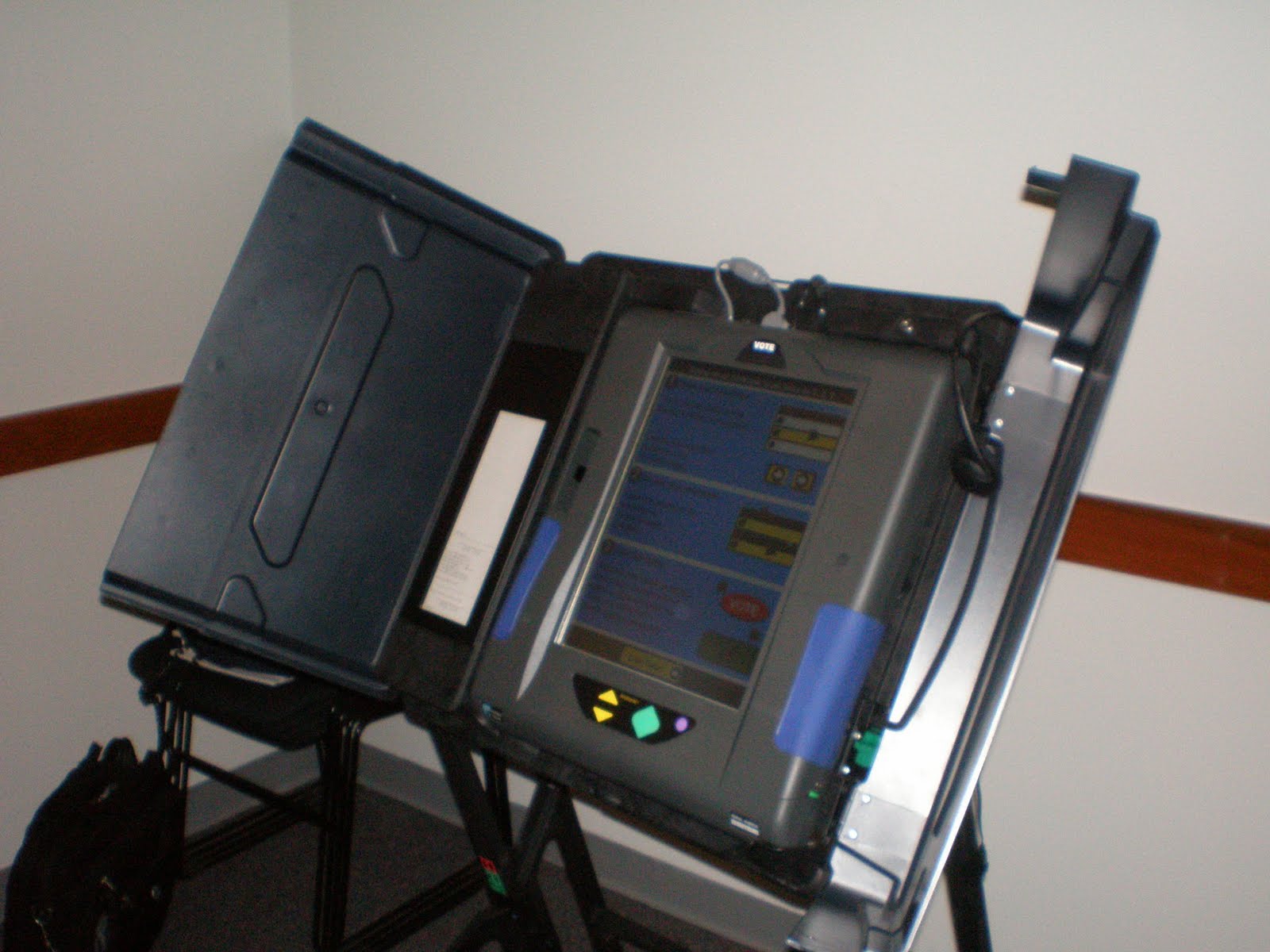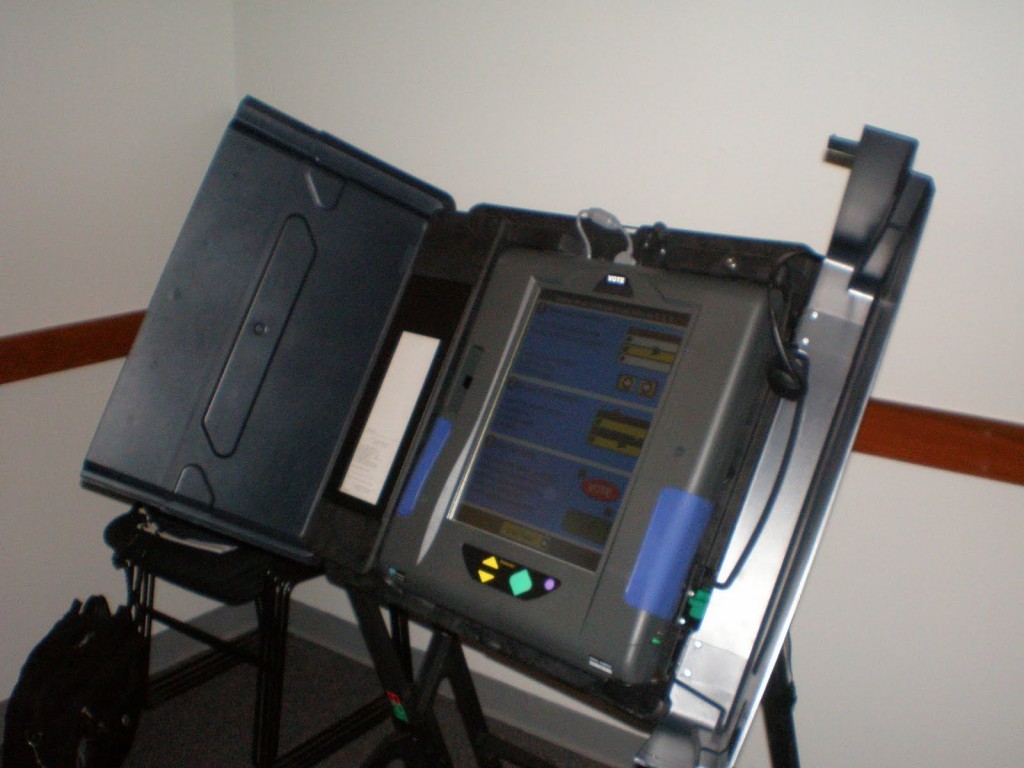

After the controversy surrounding the 2000 elections, a move to reduce voting errors has swept the nation and is currently affecting voters in New Paltz with the use of new ballot machines.
New York has been the latest state this year to replace the traditional lever-action voting machines with a new computerized system that utilizes optical scan technology.
The new optical scan voting devices, which were used locally during the primary elections, permit voters to mark their candidate of choice by coloring a rectangle, circle or oval.
“Optical scan machines allow voters to fill out a ballot in a way that is similar to taking a standardized test,” said Ryan Long, project coordinator for the New York Public Interest Research Group (NYPIRG) chapter at SUNY New Paltz. “The [ballot] is then run through an optical scanner to read the voter’s intent… in an attempt to make voting easier and decrease associated problems.”
Long said NYPIRG – a nonprofit, student-directed consumer, environmental and government reform organization – has been acting as a “watchdog” in making sure the transition from one system to the other is “going smoothly and ensuring that voters are pleased.”
He said all project coordinators under NYPIRG were given the opportunity to answer questions in order to get an assessment of how the new machines worked for voters.
“We’ve been encouraging students who voted in the primary to give whatever feedback they have on how their voting went,” Long said. “We’ve also been trying to put out as much information as possible in regards to the optical scan systems. But other than actually going out and voting, it’s hard to have a great deal of information on optical scan. It’s pretty much a learn-as-you-go situation.”
According to Long, the new optical systems allow for a tangible record of the voter’s intent via a paper ballot, which he said is an advantage of the optical scan method over the former lever method. This paper trail can be manually re-counted in case of voter fraud or malfunction.
Village Mayor Terry Dungan said the optical scanning machines are very easy to use and make voting clear for the public, especially since it prints a receipt.
However, Dungan said the lever system has its benefits despite some of its problems.
“It was hard getting parts for the [lever machines], so maintenance was a problem. They’re also really bulky and take up a lot of storage. But people are used to the lever system,” he said. “When you pull down the lever, it’s really clear whom you voted for, so there’s no question of picking the wrong person. In a lot of ways, it was a pretty fool-proof voting system.”
Long said he believes the new optical scan voting systems being used in New York are better than the method used in the past, and despite a lack of voter experience with the new machines, he doesn’t foresee major problems arising.
“My only concern with the [optical scan machines] is ensuring that voters are properly informed about how to use the new system and feel completely secure and confident when using them,” he said.
